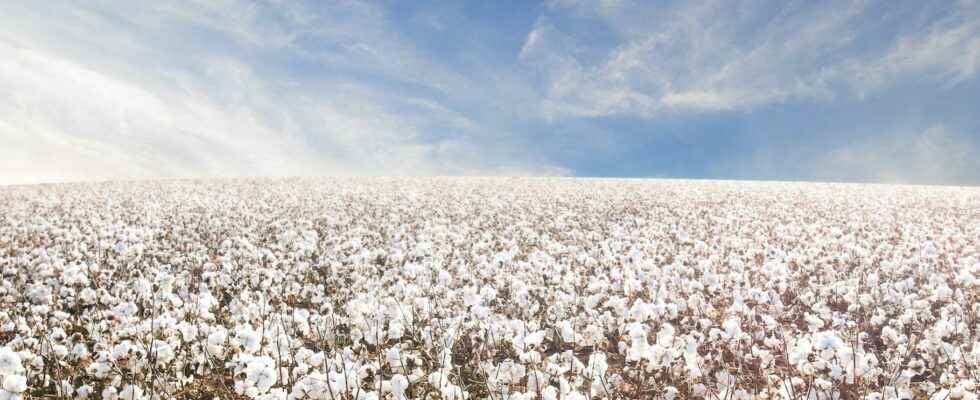You will also be interested
[EN VIDÉO] Follow the amazing epic of plastic in the ocean Each year, eight million tonnes of plastic are thrown into the sea. This material evolves with the currents, is eaten by plankton and marine organisms, until it contaminates the entire food chain. The Tara Mediterranean expedition is studying the phenomenon. Discover in video how these scientists track plastic in the oceans.
It was in the mid-1960s that the bag in polyethylenethe plastic bag that we all know, began to sweep across Europe. Before the start of the 1980s, it already occupied 80% of the market. But its popularity began to decline when in the late 1990s a researcher discovered what we now call the ” big vortex of pacific trash ». Huge amounts of plastic accumulated in these waters. Lots of single-use plastic bags. Too.
So alternatives have emerged. Leading the way, the famous tote bag. A cotton bag intended to replace plastic bags in many of their uses. And especially in their unique uses. Since the tote bag is, by nature, a multipurpose bag. Which, in people’s minds, immediately made him a symbol of a commitment to the Planet.
But things are not as simple as that. Because studies have shown that the overall impact of tote bag on the environment remains rather important. To become truly eco-responsible, the cotton bag should thus be used several tens of thousands of times. Every day — even several times a day — so. And this for years. Even when talking about bags made of organic cotton— which is extremely rare.
The making of tote bag is expensive for the environment
It is at the production stage that the tote bag is the least environmentally friendly. Because cotton is rather water greedy . For maximum yield, a plant would need around 40 liters per day. And since the season sometimes lasts up to 180 days — much longer than for most other annual crops — you can imagine… Especially since too many crops still rely on inefficient irrigation systems. This amounts to a consumption of well over 500 liters of water for each tote bag that you have at home.
The other problem, with the tote bagis that most of the time it is made in China— which produces 20% of the world’s cotton — in conditions, sometimes, of forced labor. Not really a problem for the Planet. But a little, all the same, for our conscience as human beings. In principle…
As if that were not enough, there is still the question of the end of life of the tote bag. Firstly because, generally, the tote bag features a logo printed using dyes based on PVC . They are not recyclable and even if this logo is cut out – losing about 15% of the cotton in the process – to remake a fabric with the rest of the tote bag will cost almost as much energythan creating one from scratch. As for those who are simply thrown away, most end up incinerated. Even… in fibers in our oceans. Back to square one.
The advice, finally, would perhaps be to limit the number of tote bags that everyone has at home. To stop accepting what brands want to give us. To use each tote bag at most. And if possible, choose a tote bag responsibly made. In the meantime, we can also keep in mind that it is not always necessary… to use a bag. Whatever !
Reading ideas for the summer with Futura?
To celebrate the start of the holidays, we offer you the Mag Futura at the preferential price of 15 € instead of 19 €, i.e. a reduction of 20% !
What is Mag Futura?
- Our first paper journal of more than 200 pages to make science accessible to as many people as possible
- 4 major scientific questions for 2022, from the Earth to the Moon
- Home delivery*
*Special offer valid until July 19. Delivery is made in France (excluding metropolitan France), Switzerland, Belgium.
Interested in what you just read?
